Karen and I love the canyon country of southern Utah. Last November, we spent three weeks hiking in the five national parks that span the state from west to east. We drove from Tucson north to Phoenix and up, up to Sedona and Flagstaff, rising 6,000 feet out of the polluted desert developments and into the ponderosa forests underneath the sacred San Francisco peaks. Interstate 89 takes you from Flagstaff, still straight north, through the ravaged and strange Navajo Nation, every Indian family, it seems, in a pickup truck. Off to the west is the Colorado, mother river of the desert canyons, faucet to the big desert cities and the irrigated mono-crop farms that give us our greens in winter. If you have time, you can turn off 89—a few miles south of Page, a town built in the late 1950s to house the workers building the infamous Glen Canyon Dam (see Edward Abbey’s The Monkey Wrench Gang for the awful details)—onto 89A, and head down toward the river. Stop beyond the Navajo Bridge just a few miles south of Lee’s Ferry and learn about the area’s history at the Interpretative Center. Then head west, climbing out of the canyon, from where you can go to the North Rim of the Grand Canyon via Highway 67, or stay on 89A to Fredonia, then take Highway 389 along the Arizona Strip to the renegade Mormon “twin towns” of Colorado City, Arizona and Hillsdale, Utah. Here you will see gigantic houses, with rooms enough for the multiple wives and numerous children of the family patriarch. Polygamy is common here, and this is where the notorious Mormon apostate Warren Jeffs ruled over his disciples. The official average income here is very low, but this belies the reality of many legally unrecognized wives receiving public assistance. Arizona 389 becomes Utah 59 and this eventually takes you to Hurricane, Utah (pronounced Hurricun), a short distance from Zion, the first of the national parks we visited on our trip.
I’ll tell readers about the wonders of southern Utah in a future post. But for now, I offer you an excerpt from my book, Cheap Motels and a Hot Plate: an Economist’s Travelogue. Much of the west is Mormon country. This is readily apparent in most of Utah, but it is also evident in Arizona, Nevada, and Idaho. John D. Lee (photo below), the man who ran the ferry across the Colorado River, was a Mormon pioneer, ordered, in 1871, by the Latter Day Saints to establish it. Fourteen years earlier, Lee had participated in the Mountain Meadows Massacre, in which Mormon militiamen murdered more than one hundred men, women, and children, who were migrating west from Arkansas. The Mormons spared the children under eight and doled them out to Mormon families. They tried to paint the slaughter as the work of Indians, but eventually government investigation showed otherwise. Remarkably, only John D. Lee was tried before a court. Found guilty, he was shot by firing squad at the site of the massacre. Although Mormons keep their history alive, and you feel its presence, they kept this horrible event out of their remembrances.
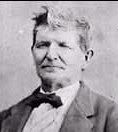
John D Lee
The Mormons (from Cheap Motels and a Hot Plate)
Mormonism is both radically totalitarian and egalitarian. The religion’s founder and prophet, Joseph Smith, envisioned a heaven on earth, made up of the “latter-day saints.” The religion had a particularly American bent and attracted followers, especially the poor, immediately. It was a religion not just of thought but of action, demanding the whole of its adherents’ lives. The Mormons were viciously persecuted; their early history is one of constant movement as Smith and then, after Smith’s murder, Brigham Young tried to find the special place of Smith’s visions where the faithful could establish their kingdom. The early years were ones of extraordinary heroism and hard work, and this period cemented the Saints to one another and to their faith, in ways difficult for us to imagine today. The long trek from Nauvoo, Illinois, where Smith was murdered and from which the Mormons were driven by their many enemies, to Utah is one of the most remarkable migrations in history.
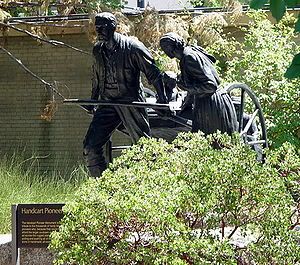
Saints from England actually hitched themselves to wagons and crossed the plains in winter. (Mormonism was famously proselytizing from the beginning. Everyone has probably had the experience of young Mormon men dressed in suits roaming the streets and knocking on doors looking for converts.)
Once settled in Utah, Mormons were routinely sent out by Brigham Young to settle areas in the West. Young had an idea of an empire spreading to the Pacific Ocean. But in the end, he had to settle for what is now Utah. Whenever “Gentiles” (all those who were not Mormons) threatened to settle any part of the state, he and his successors sent out colonizers. One group was sent to the empty and forbidding southeast corner of the state in 1880. They traveled with wagons and horses across the Escalante Desert, building a road as they went, in territory even Indians avoided. They suffered many travails but none so great as when they reached a nearly sheer cliff at what is called Hole in the Rock, about eighty miles west of the town of Bluff. Here they constructed a road that defies belief. With dynamite and drills, often hanging on ropes over the cliffs, they gouged a road over 2,000 feet straight down to the bottom. They cut “dugways” deep in the rock, so that wagon wheels would fit into them, and the wagons would not tip over. Then, as Wallace Stegner tells us in his moving book, Mormon Country,
. . . when they came to a steep, smooth rock face, they were stumped. It was too abrupt for a dugway, and they had no powder to blast a ledge. . . . [So] . . . they suspended drillers over the cliff and had them drill large deep holes on an even incline all the way to the bottom. Other men went out to the mountains and the river bottom and cut scrub oak stakes, and the stakes were pounded deep into the drilled rock. Across the stakes brush and driftwood were banked, and broken rock scattered on top of that. Give those Mormons credit. When they couldn’t blast a road out of the cliff, they tacked one on as a carpenter might nail a staging under the eaves of a high house.
More than eighty wagons and hundreds of horses and cattle were safely hauled down this precipitous road.
Joseph Smith’s vision for the Saints was that they establish a fully communitarian society in which everything would be owned and worked in common. But the reality of Mormon life made him hesitant to impose this on an already stratified society. Mormons did tithe, and the proceeds were used to advance the interests of the group and provide for the poorest among them. But in the 1870s, Brigham Young, in response to what he perceived as a weakening of the Mormons’ millenarian spirit, began to urge his people to organize themselves into cooperative villages. Not many Mormons embraced the idea, especially those who had become richer than their fellow believers. But there were those willing, indeed keen, to fulfill the prophet’s dream. Among those who were very poor and who had already uprooted themselves and colonized new places on orders from the leaders, several full-blown communist communities were established. The most famous one was at Orderville, at the southern end of Long Valley, today on Highway 89, between Zion and Bryce Canyon national parks. This is a beautiful place, made green by springs and the farming skills of the Mormons. For nearly a dozen years, the people of Orderville lived successfully and happily without private property. Every member put all of his and her property into a common pool; everyone shared equally the goods and services collectively produced; there was no money or debt. Again quoting Stegner,
[Orderville] eliminated completely the fear of poverty and want; it furnished to all its members the amplitude of food, shelter, and clothing whose possession, according to some ways of thinking, ought to remove every source of human quarrelsomeness. It managed to bring its several hundred members into a communion of goods, labor, religion, and recreation such as the world has seen only in a few places and for very short times, and to do it without loss of gaiety or good nature. The life was strenuous, but it was also wholesome; it brought content. The number of people from that town who lived past eighty is good statistical evidence that heaven-on-earth does not breed the will to die.
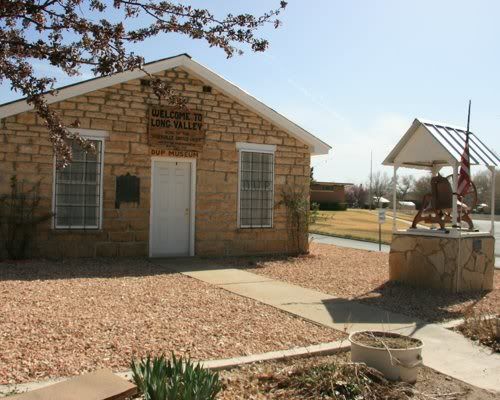
Events both external and internal eventually brought Orderville’s communism to an end. It is probably impossible to have an eternal island of equality in a sea of capitalism.
The whole history of the Mormons made them steadfastly committed to one another, but their relationship to outsiders was one ranging from indifference to murderous hostility. Just as the Jews considered it no sin of usury to loan money at interest to Gentiles, so too the Mormons commit no sin when they shun nonbelievers. We met innkeepers in the town of Springdale, just outside Zion National Park, who were shunned so completely by Mormons in a town close to St. George (in that part of southwest Utah known as “Dixie” because Brigham Young sent settlers there to grow cotton) that they had to sell their newly built house and move. I got a haircut in the Long Valley town of Panguitch. The Mormon proprietors would not make small talk no matter how hard I tried. When Karen started talking to the young daughter of another customer, the mother looked at her as if she were insane. Things are changing in the bigger cities, such as Salt Lake City, but still Utah is a Mormon state, and non-Mormons are not treated as equals.
When those who are secular (and even religious) think of Utah and the Mormons, they are likely to think of fanatics: ultra-conservative, clannish, thoroughly oppressive to women, and secret polygamists. The image of Senator Orrin Hatch comes to mind. There is much truth to the negative stereotypes. They stole Indian land and forcibly separated Indian children from their parents and farmed them out to the faithful. They murdered Gentile settlers. They have spawned numerous cult-like sects. But there is much we can learn from this most remarkable group. Solidarity. Sacrifice for the common good. Belief in the possibility of a good life here on earth. Community. Self-sufficiency. At their best, they were most like that other group of outsiders—American Indians. The trick for radicals has been and will be to make of earth a heaven, but without blind faith.






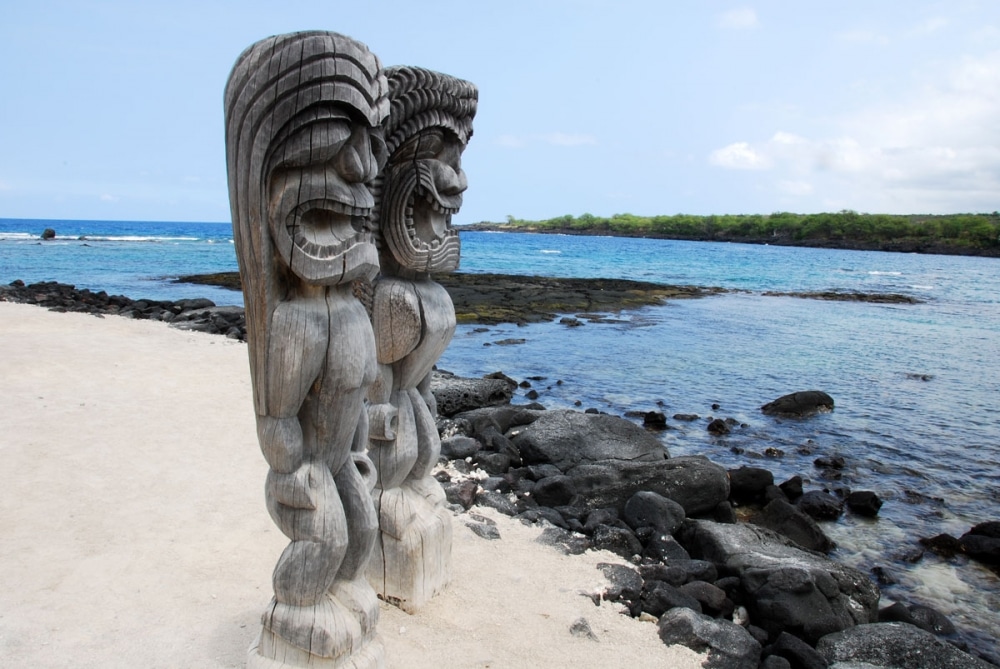
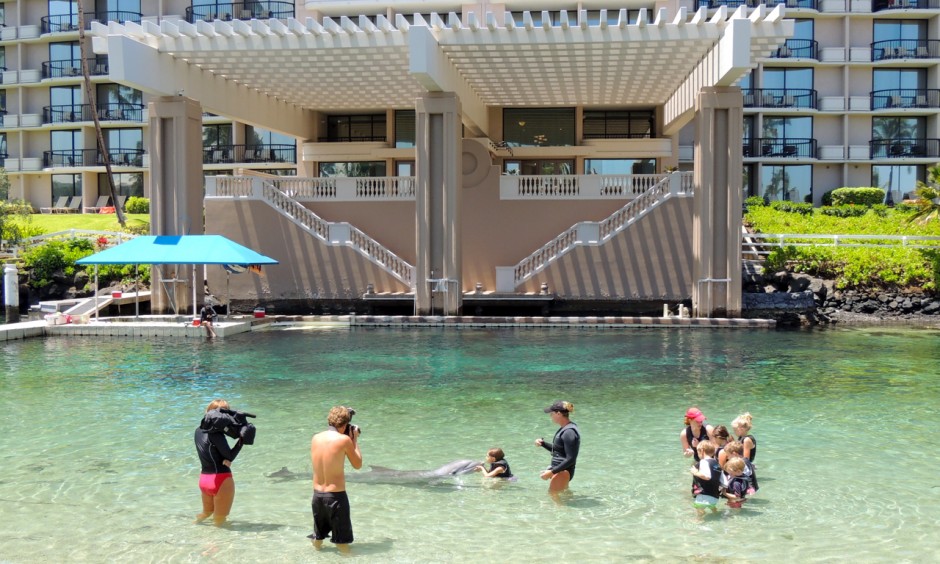

Comments